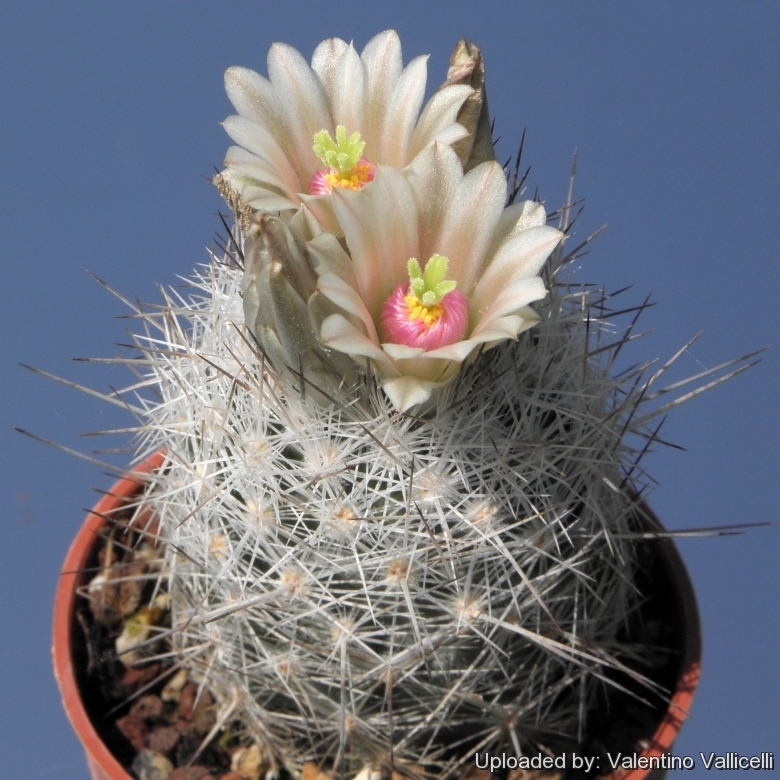
Escobaria duncanii Photo by: Valentino Vallicelli
Origin and Habitat: New Mexico, central Sierra County; Texas, Brewster and Presidio counties; adjacent Mexico, Coahuila and Chihuahua.
Habitat: Cracks in limestone and limy shale in broken terrain in Chihuahuan desert scrub; at1,550 m in New Mexico.
Synonyms:
Common Names include:
ENGLISH: Beehive-cactus, Duncan's Foxtail Cactus, Duncan's Snowball Cactus Duncan's,
Description: In the wild the Escobaria duncaniiSN|10435]]SN|10200]] is an inconspicuous and difficult cactus to identify, and usually rare. It normally stays solitary, or branches slowly as it ages, rarely more than 2.5 cm in height, it often passes as an immature cob cactus (Escobaria tuberculosaSN|10182]]SN|10187]]). It will form condensed upright cylinders, densely covered with white spines with darker tips. It has pink flowers
Stems: Mostly 1-2 cm across by 1-2 cm tall, hemispherical, becoming short cylindric in age, but appearing conical due to spination.
Tubercles: Grooved on the upper side.
Spines: 30-75 per areole, slender and bristle-like, spreading, to 10 (22) mm long, pure white to brown, bristly with pink, red-brown to nearly black tips
Flowers: About 1 cm wide, not opening widely, nearly apical, pale white, brown, or pink with midribs darkest, stigmata green; perianth deciduous in flower.
Fruits: Mature fruits are elongate, about 1-2 cm long, bright red or pinkish-red, floral remnant caducous.
Seeds: Black, about 1.5 mm long, nearly globose with rim around basal hilum, pitted.
Blooming season: Flowers in April.
Remarks: The green stigmas, deciduous perianth in fruit, and black seeds readily distinguish E. duncanii and E. missouriensis from all other species. E. duncanii differs from Escobaria missouriensisSN|10274]]SN|10274]] by the former's southern distribution, more slender non-pubescent spines, and smaller seeds. E. duncanii resembles a stunted, crevice-limited growth form of Escobaria dasyacanthaSN|10187]]SN|10182]], but has caducous floral remnants. It is closely related to Escobaria zilzianaSN|10200]]SN|10435]] Boedeker of Mexico.
Bibliography: Major references and further lectures
1) Edward Anderson “The Cactus family” Timber Press, Incorporated, 2001
2) Major references and further lectures
3) James Cullen, Sabina G. Knees, H. Suzanne Cubey "The European Garden Flora Flowering Plants: A Manual for the Identification of Plants Cultivated in Europe, Both Out-of-Doors and Under Glass" Cambridge University Press, 11/Aug/2011
4) David R Hunt; Nigel P Taylor; Graham Charles; International Cactaceae Systematics Group. "The New Cactus Lexicon" dh books, 2006
5) Castetter, E.F., P. Pierce and K.H. Schwerin. “Reassessment of the genus Escobaria.” Cactus and Succulent Journal (US) 47(2):60-70.1975.
6) Leo J. Chance “Cacti and Succulents for Cold Climates: 274 Outstanding Species for Challenging Conditions” Timber Press, 19/Jun/2012
7) Heil, K., Terry, M. & Corral-Díaz, R. 2013. Escobaria duncanii. The IUCN Red List of Threatened Species. Version 2014.2. <www.iucnredlist.org>. Downloaded on 06 August 2014.
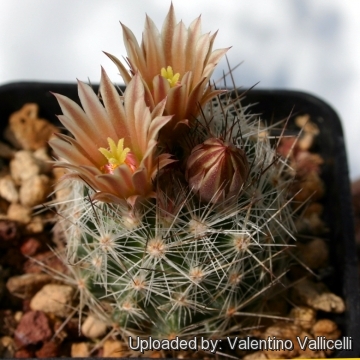 SB467 Cuatrocienegas, Coahuila, Mexico Photo by: Valentino Vallicelli
SB467 Cuatrocienegas, Coahuila, Mexico Photo by: Valentino Vallicelli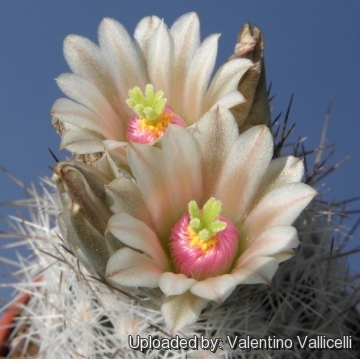 Escobaria duncanii Photo by: Valentino Vallicelli
Escobaria duncanii Photo by: Valentino Vallicelli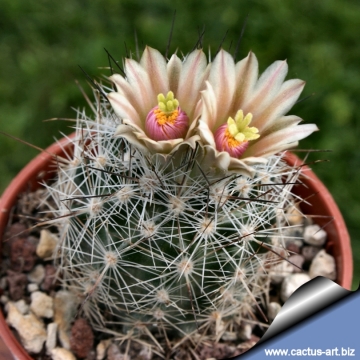 Escobaria duncanii Photo by: Cactus Art
Escobaria duncanii Photo by: Cactus Art Escobaria duncanii Photo by: Cactus Art
Escobaria duncanii Photo by: Cactus Art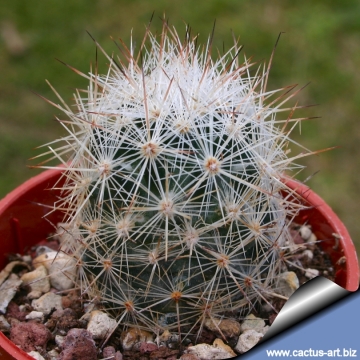 Escobaria duncanii Photo by: Cactus Art
Escobaria duncanii Photo by: Cactus Art Escobaria duncanii Photo by: Cactus Art
Escobaria duncanii Photo by: Cactus Art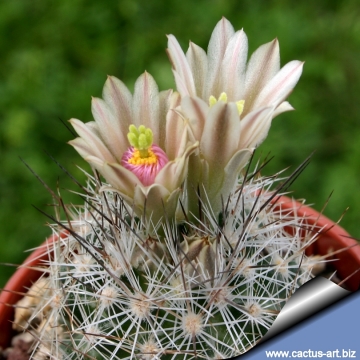 Escobaria duncanii Photo by: Cactus Art
Escobaria duncanii Photo by: Cactus ArtSend a photo of this plant.The gallery now contains thousands of pictures, however it is possible to do even more. We are, of course, seeking photos of species not yet shown in the gallery but not only that, we are also looking for better pictures than those already present.
Read More... Cultivation and Propagation: Escobaria ducanni is relatively easy to cultivate in a very gritty substrate with much drainage. Water regularly in summer, but do not overwater (very rot prone). It prefers a completely dry place during the winter. It is also quite successful to grows outdoors in the rock garden, even though it does not grow very fast. It spends the winter often covered by snow! The only problem is their tender root system. If they are over-watered they will rot, so they are best grown in a mineral mixture without any humus. Probably they cannot be grown without protection in the coldest climates of northern Europe and Canada, but in an unheated greenhouse they will do fine.
Hardiness: They can survive low temperatures (approx -12 C).
Exposure: Full sun to light shade.
Propagation: Seeds (no dormancy requirement, they germinate best at 25°C) or usually by offsets (readily available), or occasionally grafted.

















